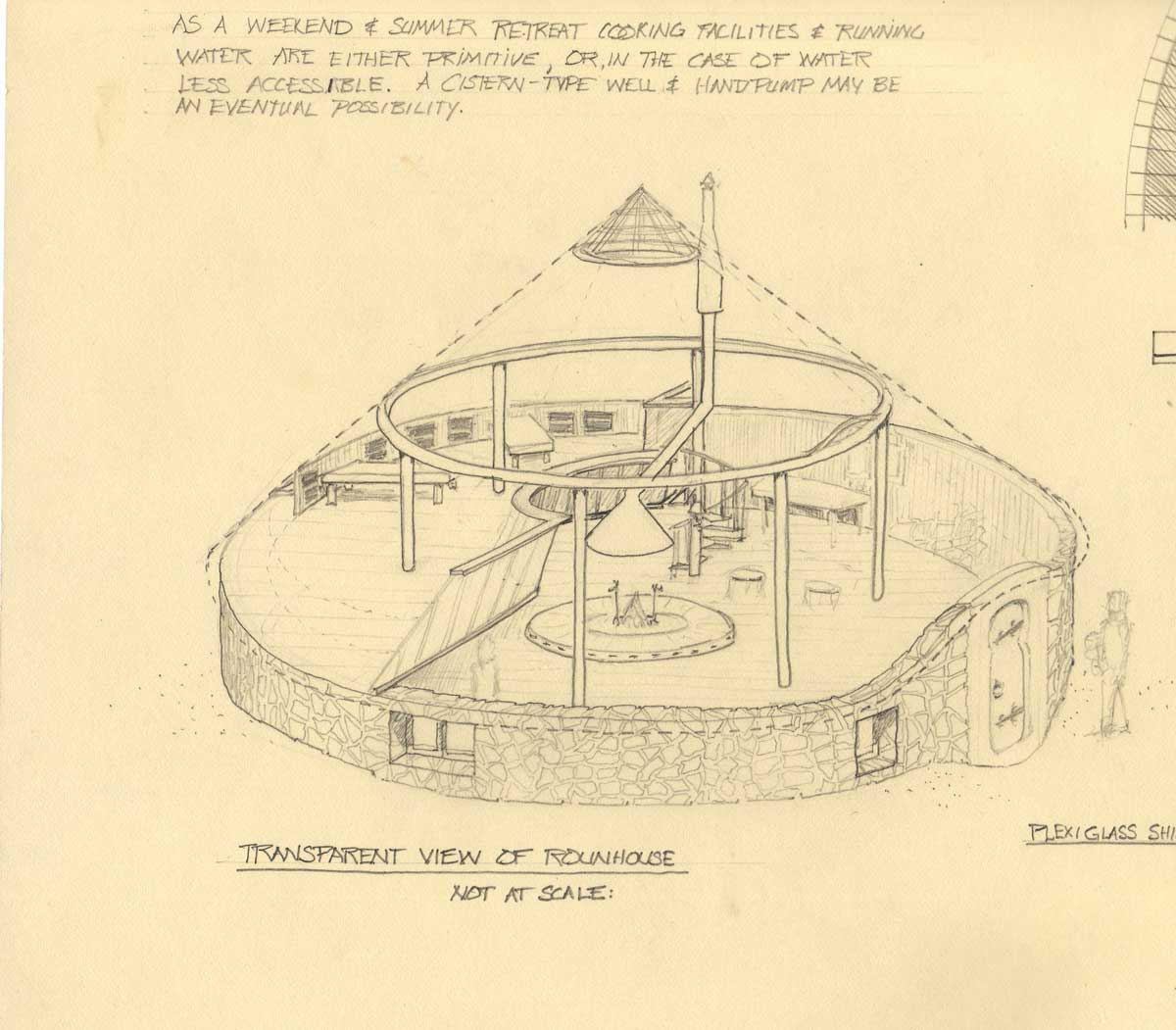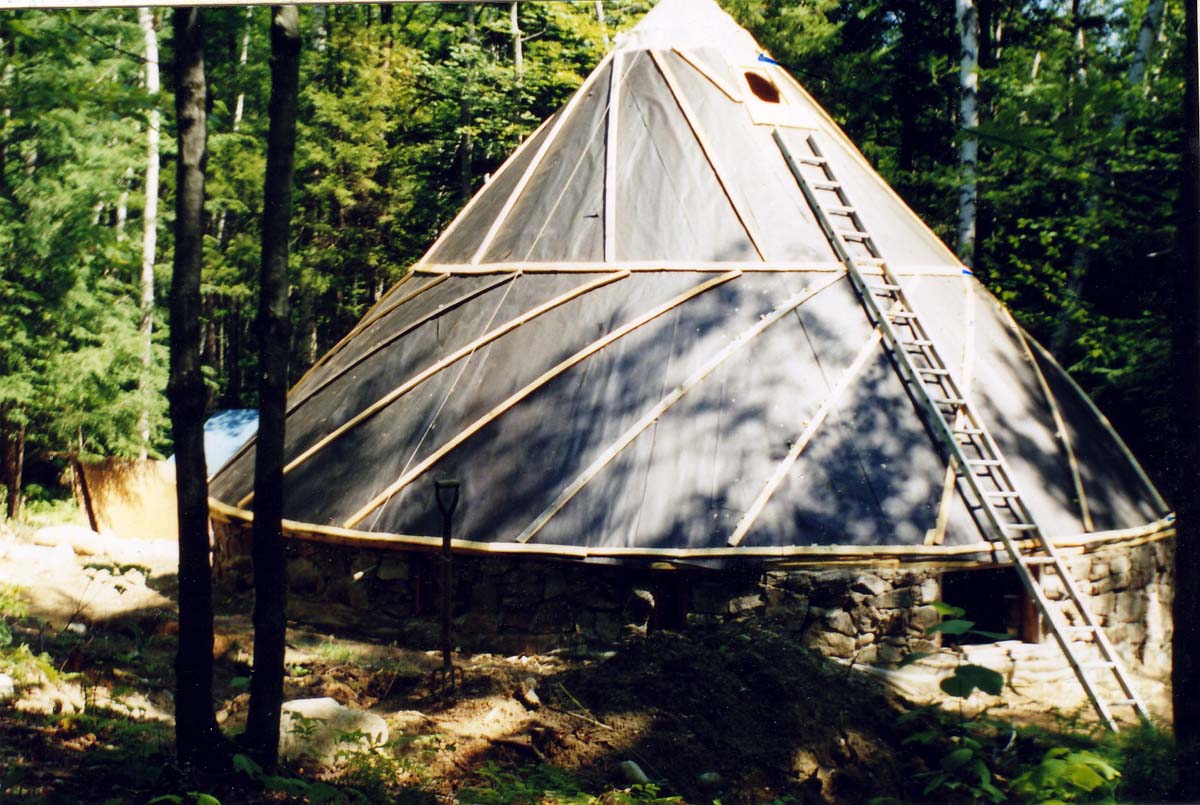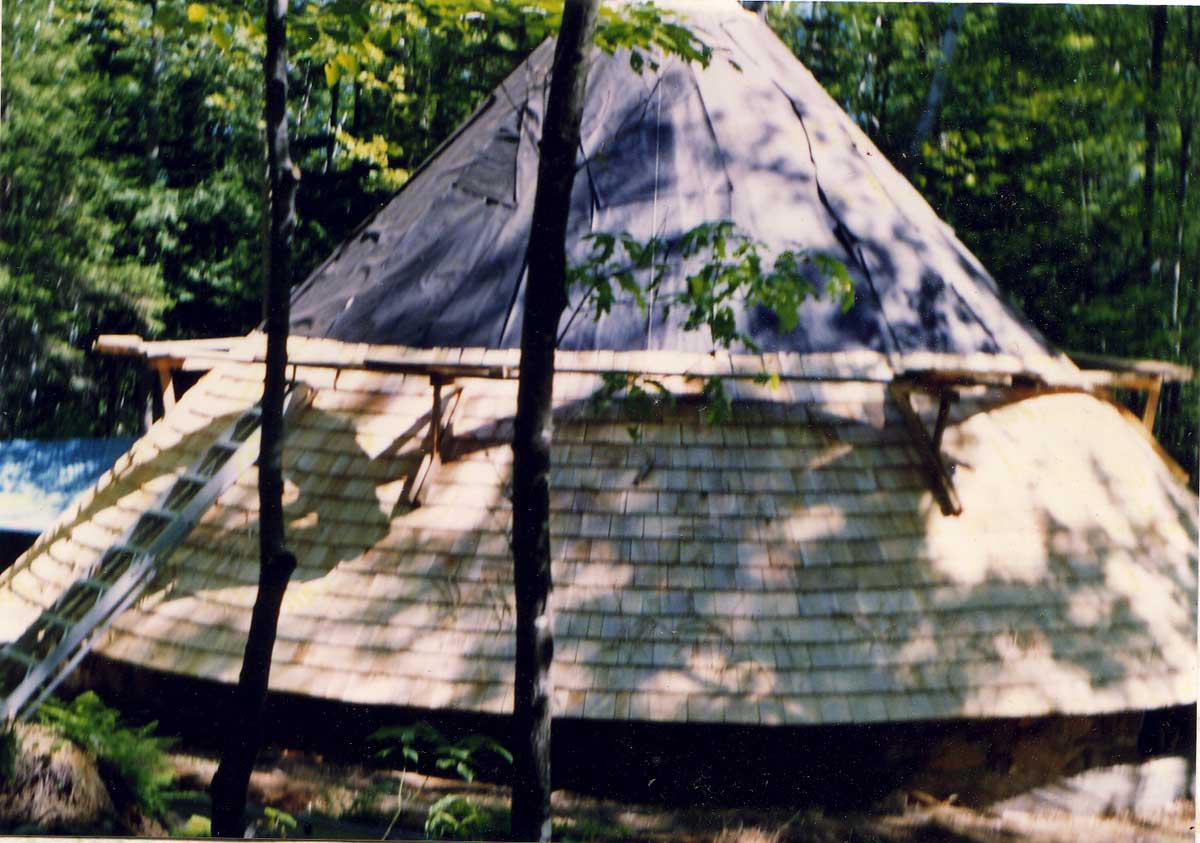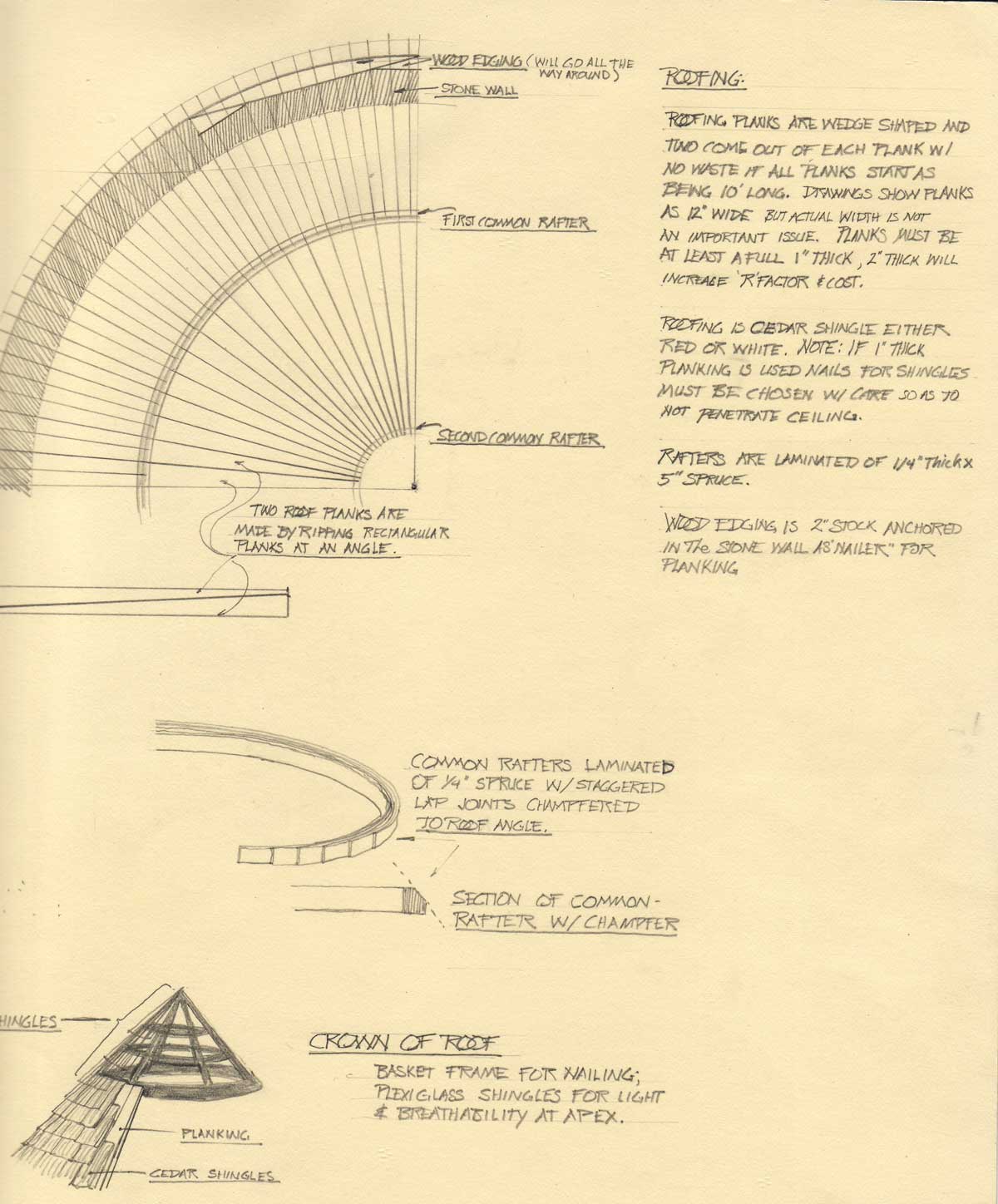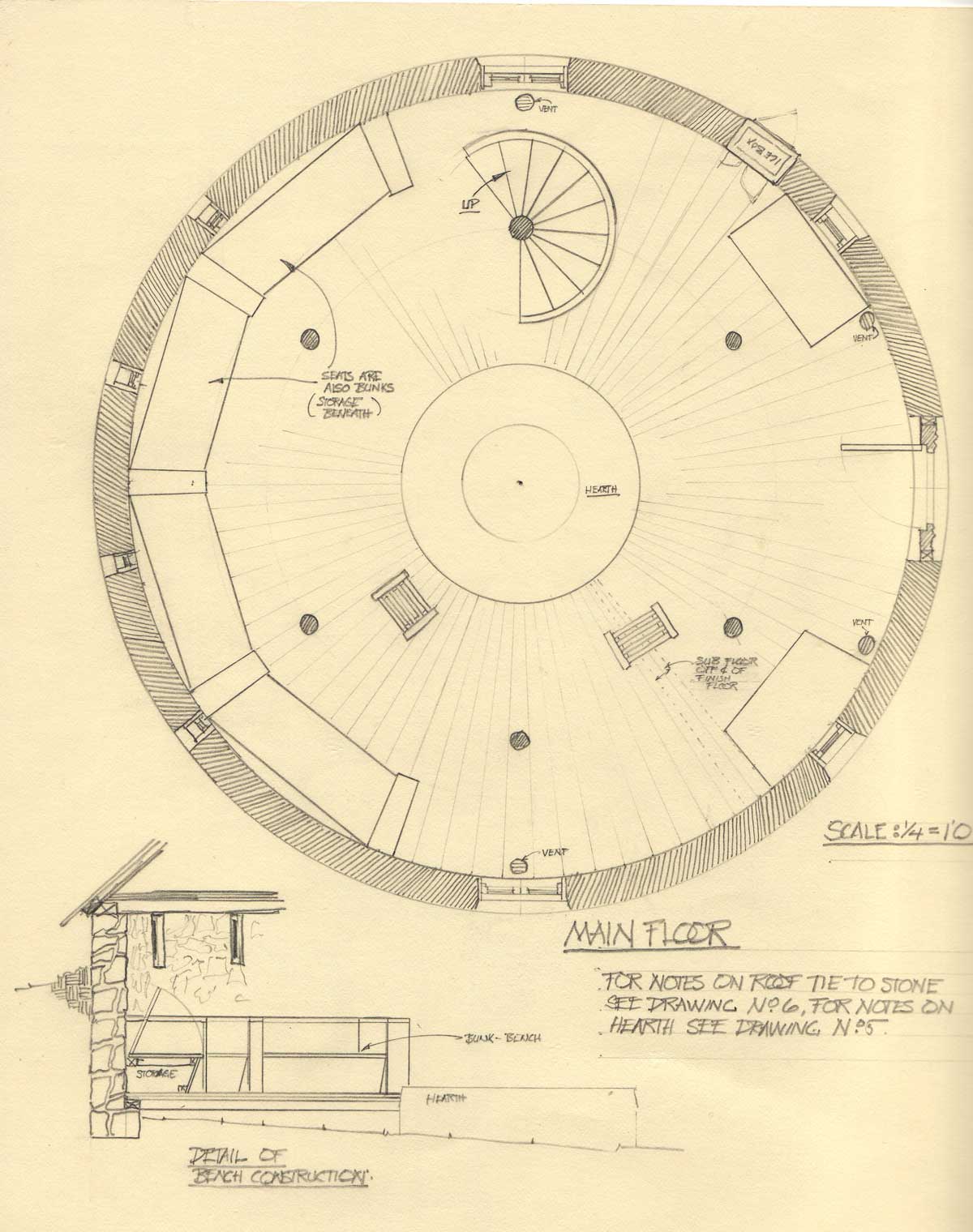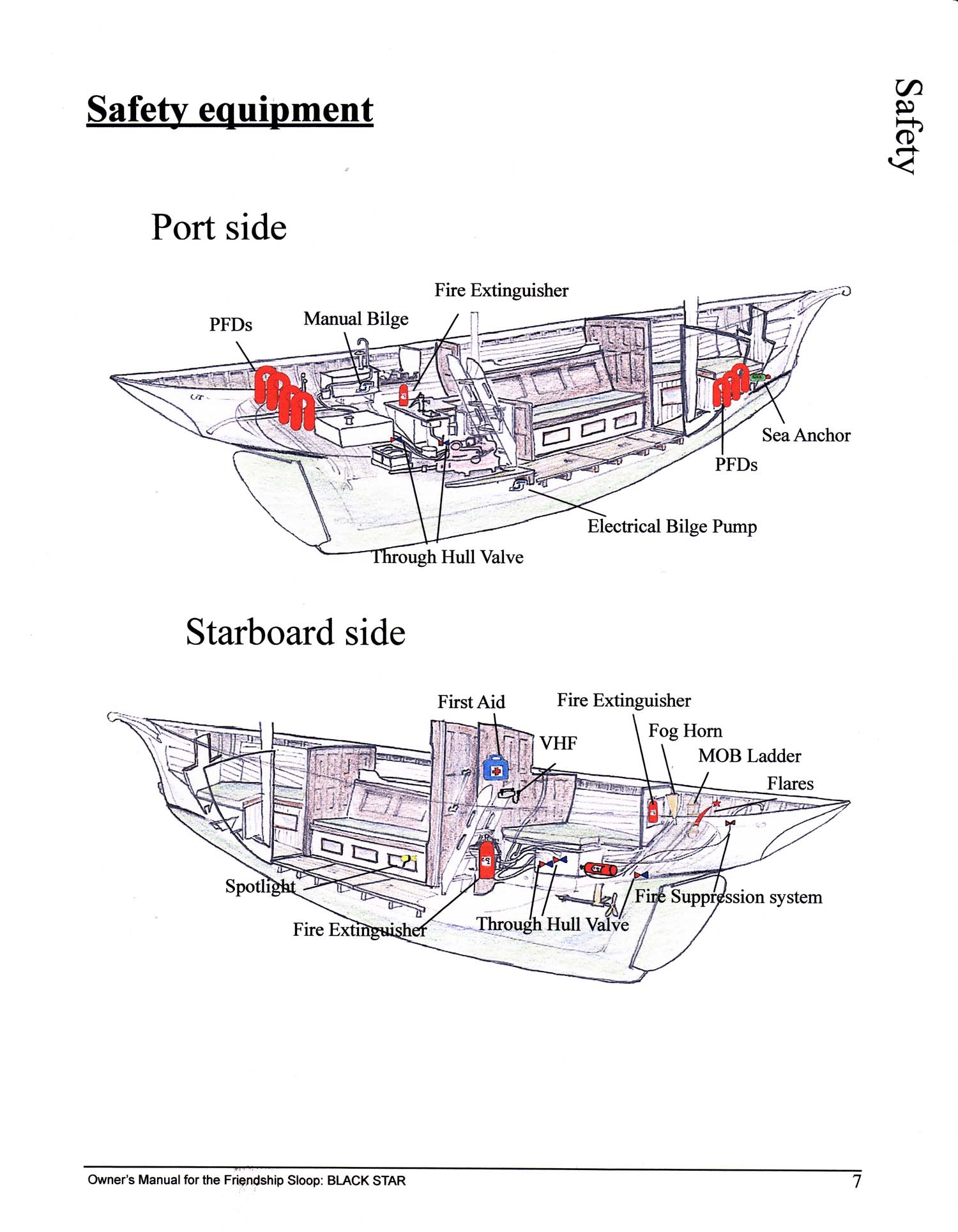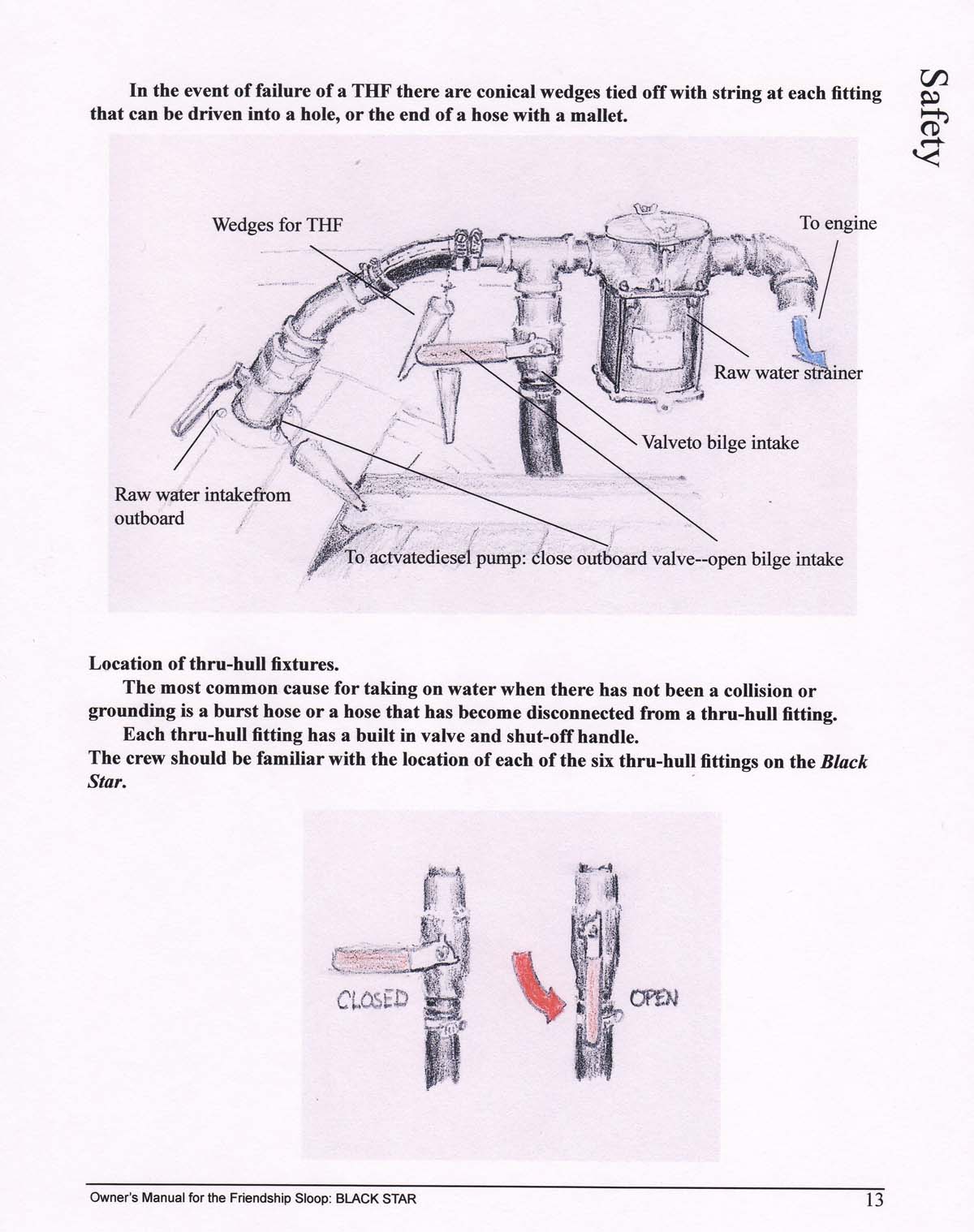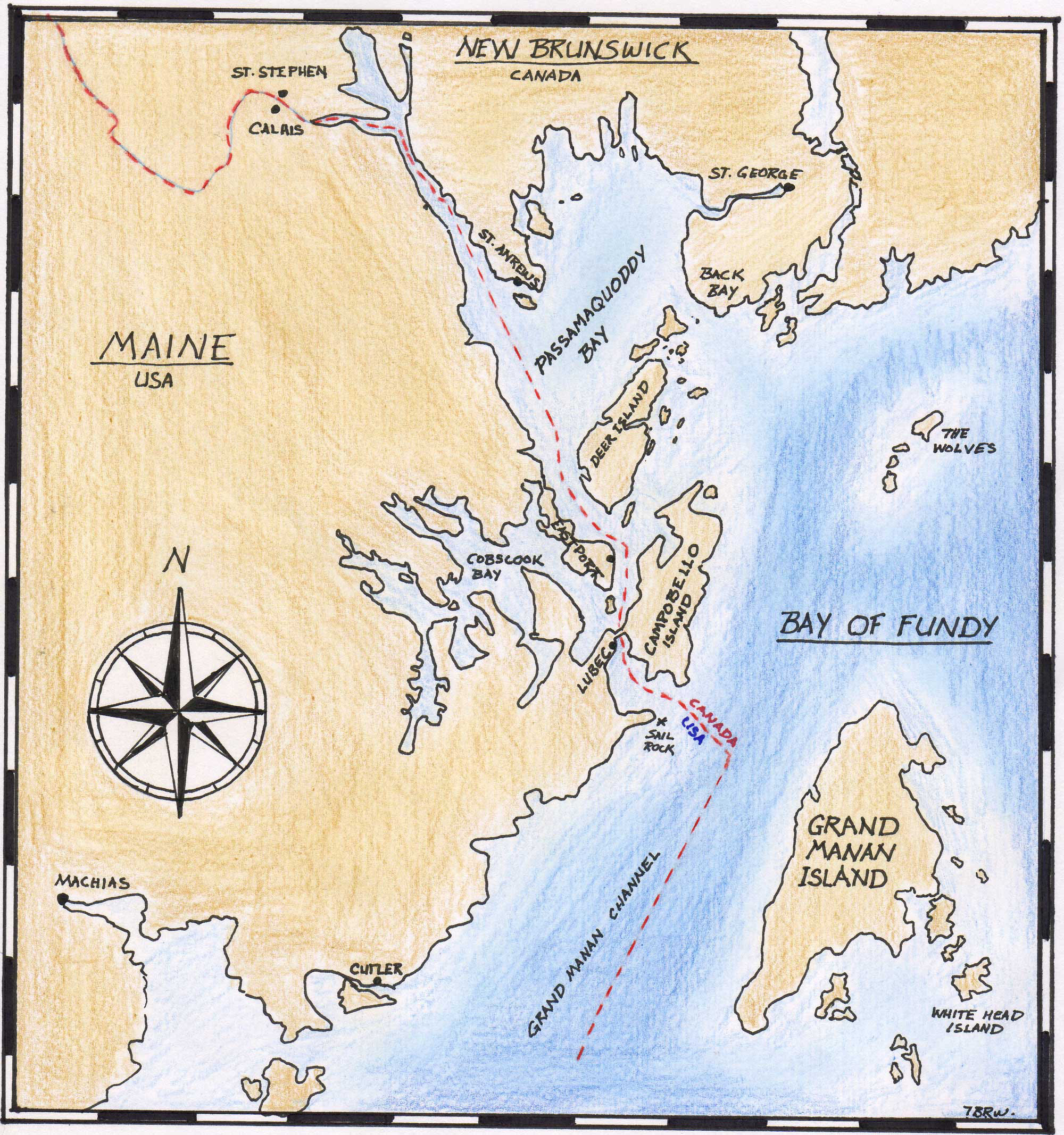I was fortunate to fall into another book project this summer. A friend whose job concerns assessing risk and who is also a mountaineer, became interested in the death of mountaineer Kate Matrosova in 2015. She was fit, had mountaineering experience, and was appropriately equipped, yet died of exposure in an attempted February traverse of the Presidential range in the White Mountains of New Hampshire.
My friend, Ty, wanted to use what we know about Kate’s last climb in a presentation as an analogy to look at how all of us asses risk and make decisions. The presentation was so successful that he asked me if he could hire me to illustrate parts of Kate’s narrative to make the visual parts of the presentation more accessible. The illustrations were challenging. Finding the balance between wanting accurately show what we know about her journey, while maintaining a level of respect for her and her family meant that each illustration caused me to ask myself; okay, how am I going to do this one?
The success of the presentation led to the writing of a book; Where You’ll Find Me, Risk, Decisions, and the  Last Climb of Kate Matrosova.
Last Climb of Kate Matrosova.
The book required more illustrations as well as maps, which were again a different kind of challenge since the goal for the maps was not just to show on a map where things were but to also give a sense of the kind of terrain to the reader who might not be familiar with the White Mountains, or mountaineering. I enjoyed the project and have been delighted at how well the book has been received.
If you know someone who hikes or enjoys mountaineering, this might well be a book that they would be interested in.


 author,
author, 

